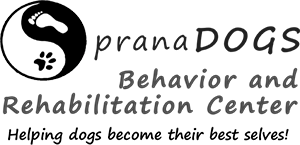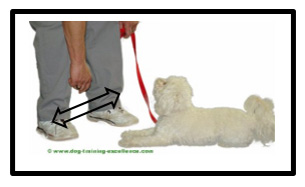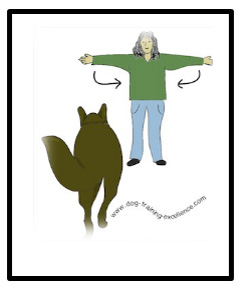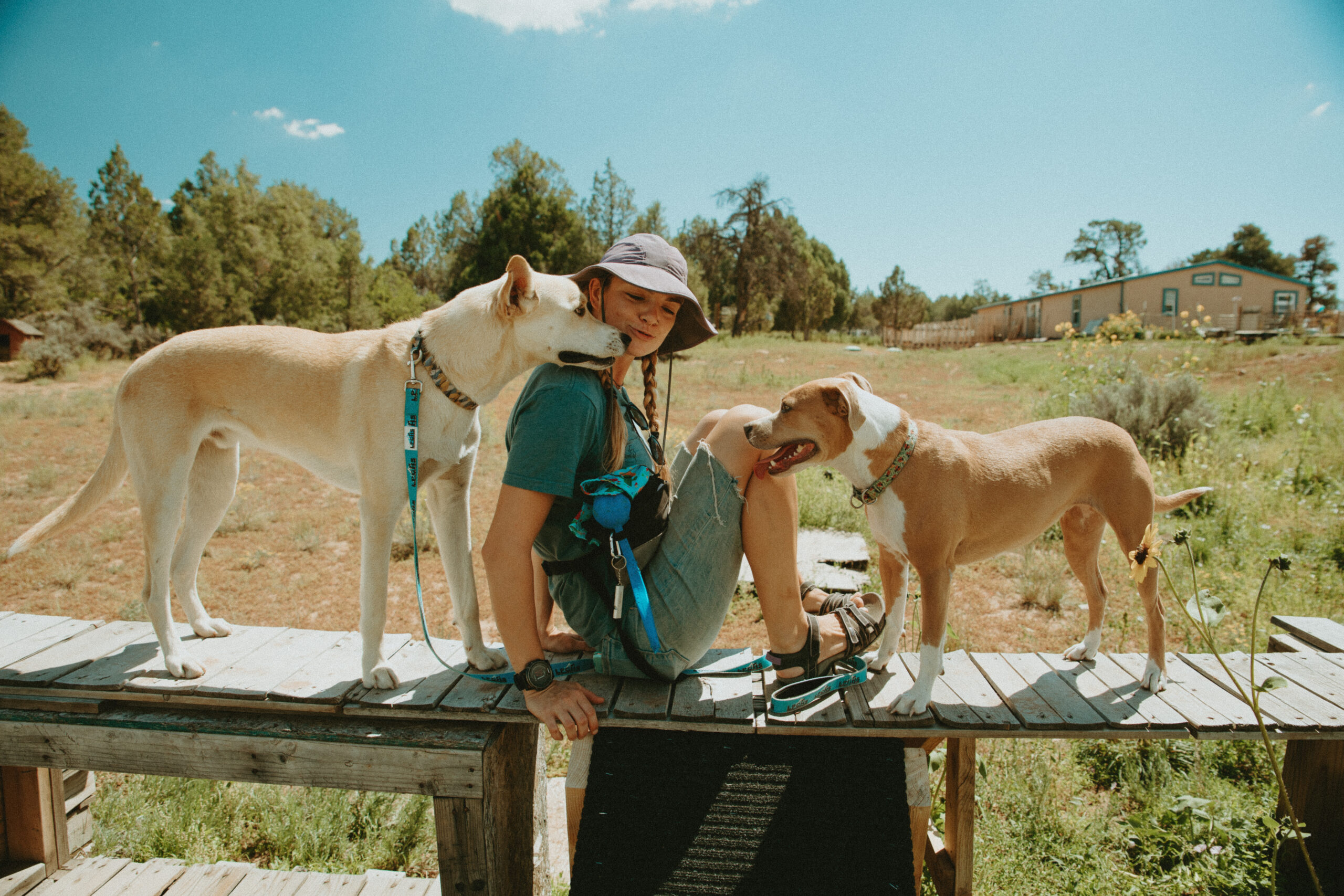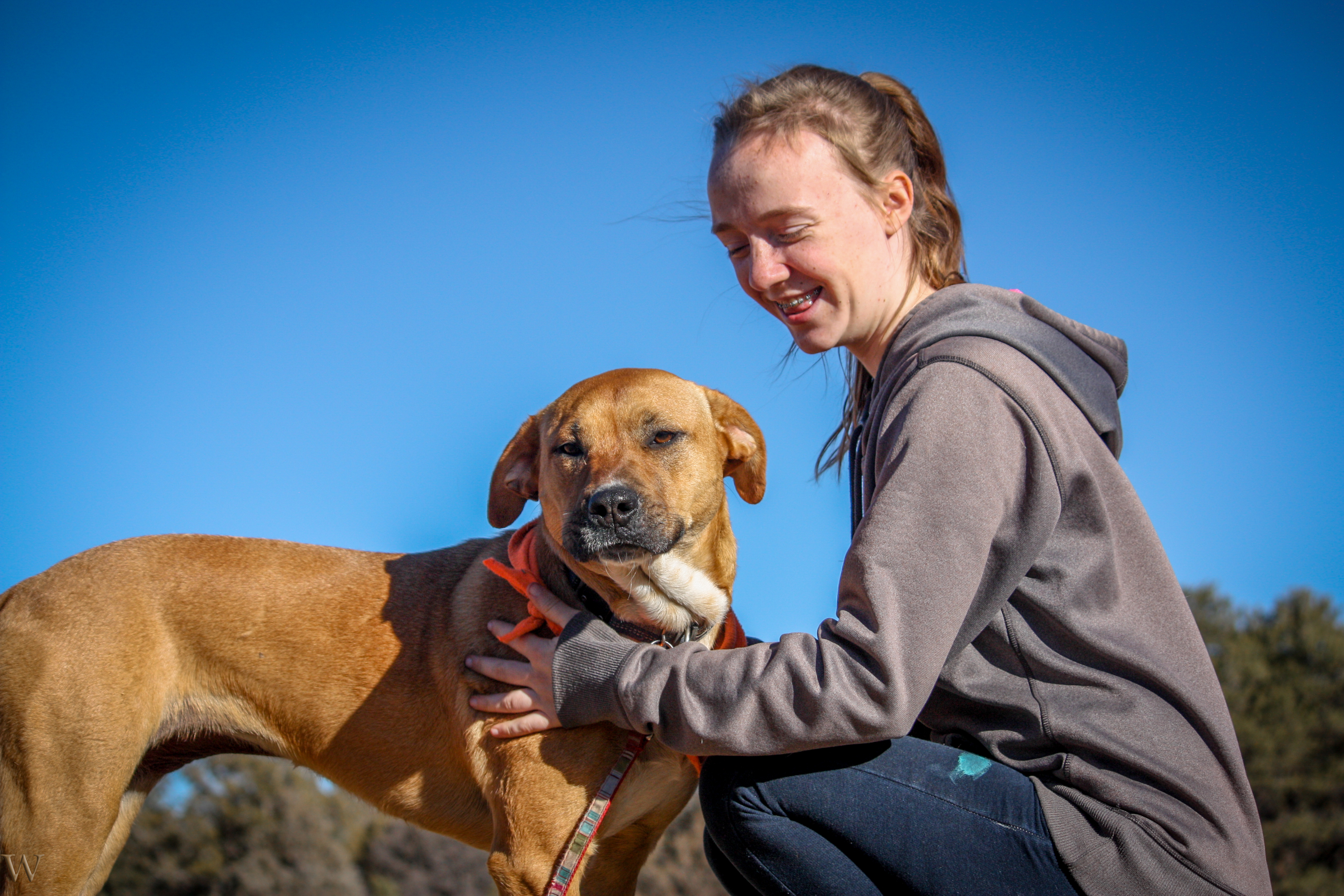Top 10 Behaviors
There are virtually thousands of books, guides and videos on dog behaviors we can teach. It’s hard to choose what’s important and what’s not. And let’s face it, after the dog settles down in their household, many people rarely ask their dogs for much more after sit, down and stay.
One of the biggest challenges we have at pranaDOGS is making sure our dogs are successful in every circumstance or situation, after they leave. After working with dogs for more than 20 years, I’ve found that there are 10 specific behaviors that provide them with these tools. Some may seem silly, but all have a purpose.
Remember if you spend 2-3 months focused on training your dog, you’ll spend the next 10-15 years enjoying your relationship. However, if you don’t put in the time to train them, you’ll struggle for years.
One last thing, dogs aren’t born knowing English. So don’t demand the behavior with a word. Instead, mark it with positive reinforcement. For example, instead of saying “Joey sit, sit, sit” use a hand signal to lure Joey into a sit, then say, “Yes! Good sit Joey!” Repeat this process over and over, until Joey realizes what sit means. Once Joey has mastered the behavior, be sure to test both your hand signals (which should be getting smaller over time) and your words, to be sure they’re both working, and mean the same thing.
To end the behavior, any behavior, you’ll need a release word. Many of us say “okay,” but whatever word you choose, be consistent, and use it often.
Sit
To lure a dog into a sit, hold a treat at their nose, and slowly raise it upward. Mark and reward as soon as their butt hits the floor. Repeat this process again and again. Do your best not to touch or lean over your pup either. If your dog is jumping up to get the treat, ignore that behavior, and just wait for them to sit.
Once the dog understands that your hand going up in the air means sit, it’s time to add time to the behavior. Have your dog sit for 10 seconds or longer. We don’t need any drive-by sit’s. We need them to sit long enough to move onto the next behavior. Ask your dog to sit then count to 5. If they make it, treat time! Repeat this over and over, with the goal being a 10 second sit every time.
Lie Down
While the dog is sitting, lure him into a down by holding a treat at his nose, then slowly moving it down to the ground. Mark and reward as soon as his belly hits the ground. Repeat this process again and again, until the behavior is perfected. 90% of dogs will go into the down position from a sit, but some will pop-up, then lay down. Let your dog show you what’s the most comfortable for them. Often when I’m first teaching a dog to lay down, I’m on the floor. As they learn the behavior, I start to stand up more and more, so over time we are both in normal positions.
Look
While sitting, take your finger from the dog’s nose to your temple. As soon as their gaze hits your face, mark and reward. Repeat this process, while asking for a longer Look each time.
Anxious dogs love to look at you, and thrive on this behavior. Over-the-top dogs struggle to take their eyes away from the world, but it’s a great behavior to ask any dog when you’re trying to get their attention.
Touch
While sitting, place the palm of your hand, fingers pointed down, an inch away from your dogs nose. As soon as they touch their nose to your palm, mark and reward. Repeat multiple times, pulling your hand away only an inch at a time, until they understand.
Leave It
Start with your dog in a down position. Put a couple of treats in your hand and close it tightly. Hold it to your dog’s nose and let them investigate. Say “Leave it” and wait. As soon as they take their attention off your hand, even for a second, mark and reward. Repeat 3 times with each hand, then put the treats on the floor and cup your hand over top. Make sure your dog never gets the treat under your hand. Once your dog understands, pull yourself away from the treats for longer and longer intervals.
Stay
While seated or laying down, tell your dog to stay with the palm of your hand flat towards them. Take a step back, pause for a second, then re-approach your dog. Mark and reward. Repeat, taking an additional step backwards and pausing for an additional second. The speed you can progress depends on your pup.
Come
Ask your pup for a sit, stay. Take 2 steps back, reach towards your dog’s nose like there’s an invisible string attached to it. Pretend to pull the string slowly towards you, taking a step back at the same time (bending at the waist often helps). Repeat this exercise, while slowly adding more steps. Be sure to consistently mark and reward every occurrence, until it’s reliable.
Go
Have your pup do a sit, stay, a few feet away from their bed or a folded blanket. Lure your dog to their bed using a treat. This typically looks like an arc from the dogs’ nose to the bed, as if you’re throwing the tasty morsel. Once they follow your hand, guide them into a sit and down using only hand-signals.
With me (heel)
First of all, start slow. Have your dog on a short leash, and hold your hand next to your leg with one finger pointed down. Mark and reward every time your dogs’ nose is next to your hand.
Before starting this exercise, be sure they’ve had a chance to walk and get their ‘dog’ out, before asking them to Heel. If you cannot get your dog next to you, you cannot teach them to heel. Use management tools like a belly band to get them near you.
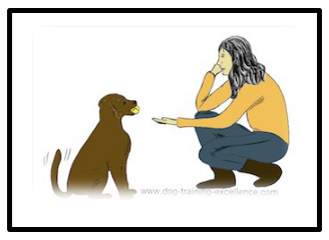
Drop it
Start with two tasty bully sticks (or something similar in size and value) and let your dog engage with one for a minute. Place your hand on the stick and tell them to Drop it, then wait. As soon as they release the stick – even for a second – replace it with the other from behind your back. Repeat. The goal is for your dog to not worry about losing out, when they drop something out of their mouth.
*All hand signal images are borrowed from the internet
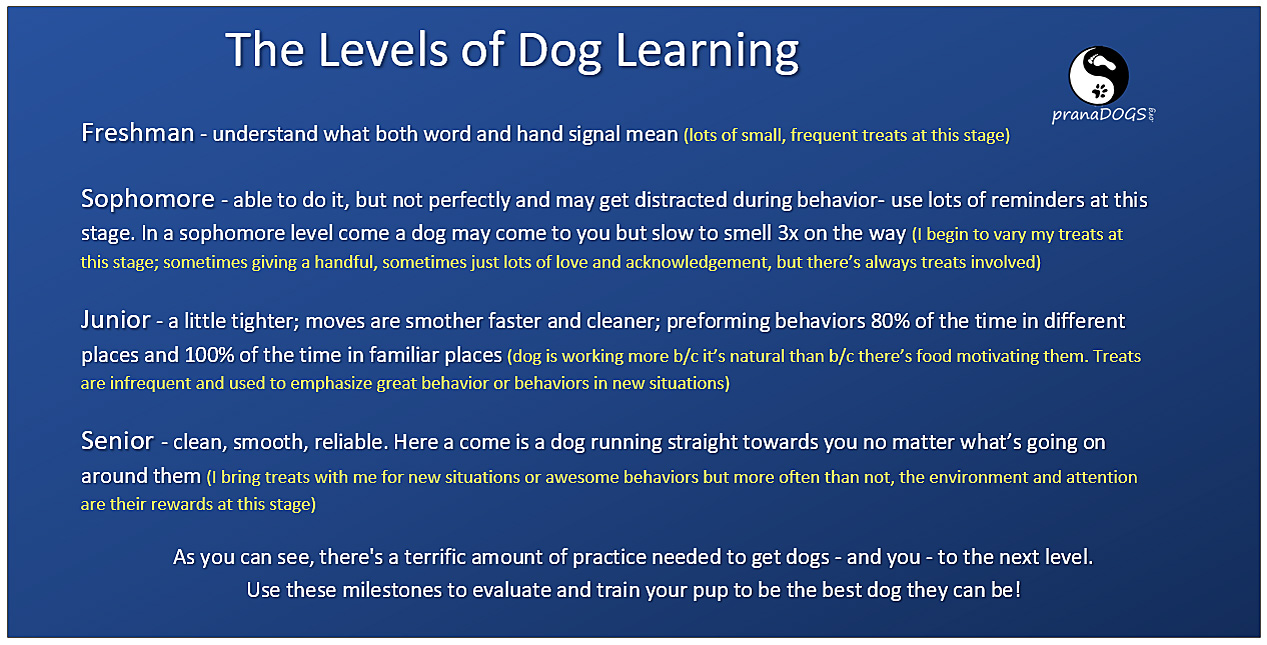
Notes
Mark and Reward
Timing is everything. If it takes you a second to get the treat to your pup, its okay, but be sure to verbally acknowledge them as soon as they perform the behavior.
Luring Your Pup
Think of two magnets. They have to be close together to have any power. The same principle applies here as well. The treat has to be close enough to their nose throughout the exercise to have any power. Move slow enough that they can smell the treat, process what it is, and then follow. Once your pup consistently follows your hand with a treat, put your treat hand behind your back, and have them follow your other hand without the treat.
Practice
If you haven’t practiced a behavior in months or years, it’s not realistic to expect them to do it correctly the first time. Especially if there is other stimulus present. Always make sure to practice before you need it.
What do different trainers do differently?
Verbal Cues
Don’t verbally ask for the behavior, until your pup understands the behavior you want. Not sure? Test them. Stand in front of your dog and ask for a sit, down, etc, then do the same with only hand signals. Note: This does not apply to Leave It or Drop It
Don't be stingy!
Don’t be stingy! I’m amazed at how quickly my clients push their dogs to excel. One minute they’re showing them Touch an inch from their noses, the next they’re 3’ away! Give your dog a chance to learn. Create muscle memory by repeating simple behaviors over and over, then start to increase in small intervals.
Rewards
I always use treats to teach a behavior; while the dog is learning what I’m asking, and what both the hand signal and words are. Then I switch up my rewards. Often, I’ll use celebratory rewards, especially for Come or Heel. I’ll throw my arms up in the air, say the dog’s name, and repeat how good they are. You’d be surprised at how much dogs love this, and how much they’ll work for a Hip Hip Hooray party!
Practice
Practicing in a new area or with different weather conditions or smells? Then make it easy! Go back to freshman level anytime you increase or change something. You will advance quicker if you start every new adventure on easy mode, then reward the responses.
Throw them a bone!
Give them hints. Some exercises are not natural for dogs to perform, or they’re so good at it, they’re not sure what they’re being praised for. Give them hints. For example, when teaching Look, say “Yes” with a smile over and over, to increase the time they hold eye contact. The same can be done with Come. If they get distracted, and think about making another choice, give them a hint that they’re doing it correctly. Softly repeat “Yes!” over and over again, until they come to you.
Struggling?
And lastly, if your dog is struggling with something they typically do well, something else is going on. Make it easier. If they’re still struggling, move locations or stop completely. This is not supposed to be hard! Challenging, absolutely! But be realistic – and generous!
